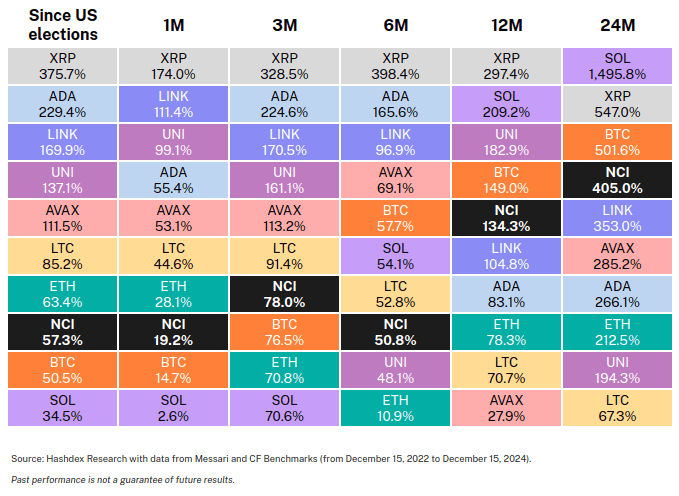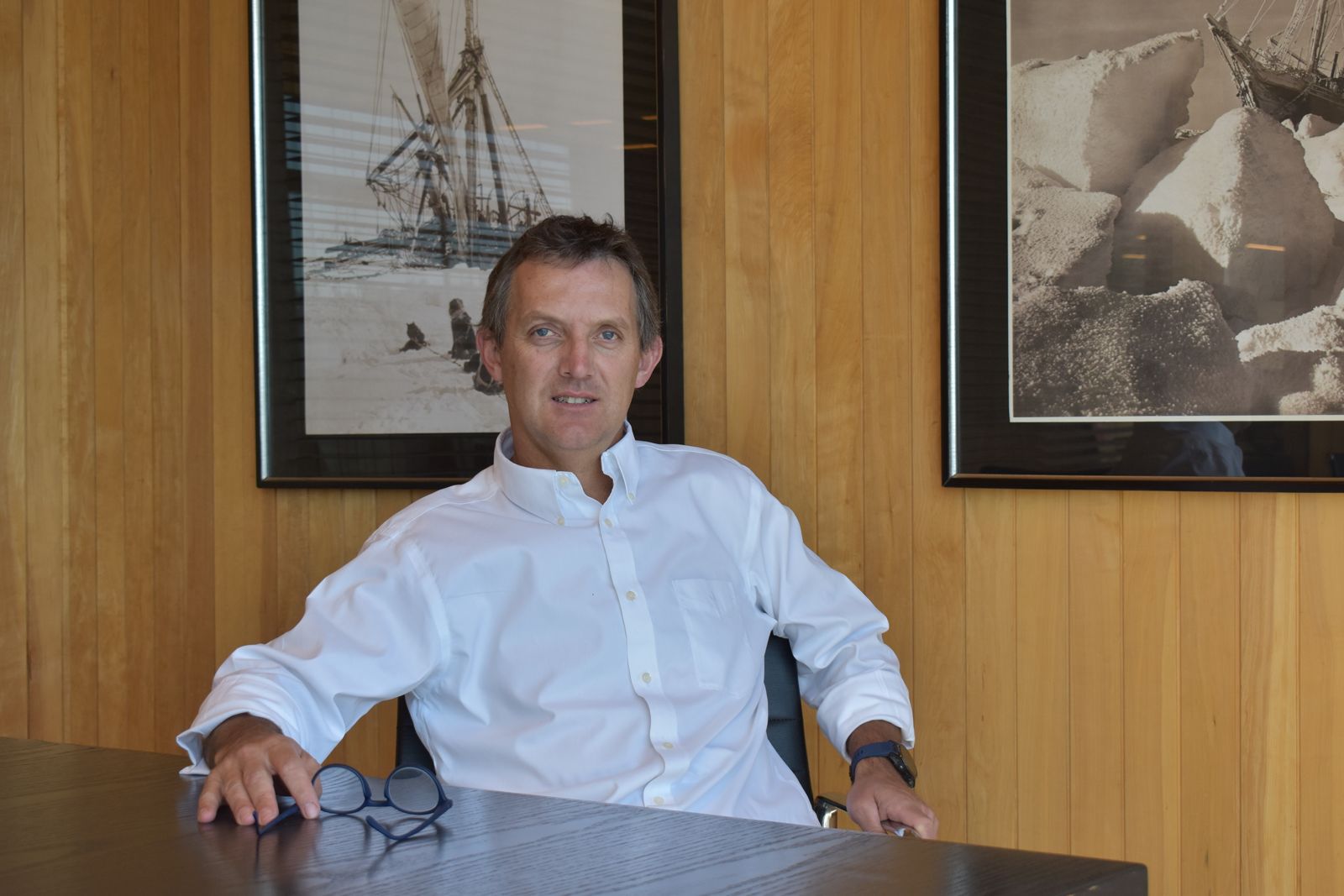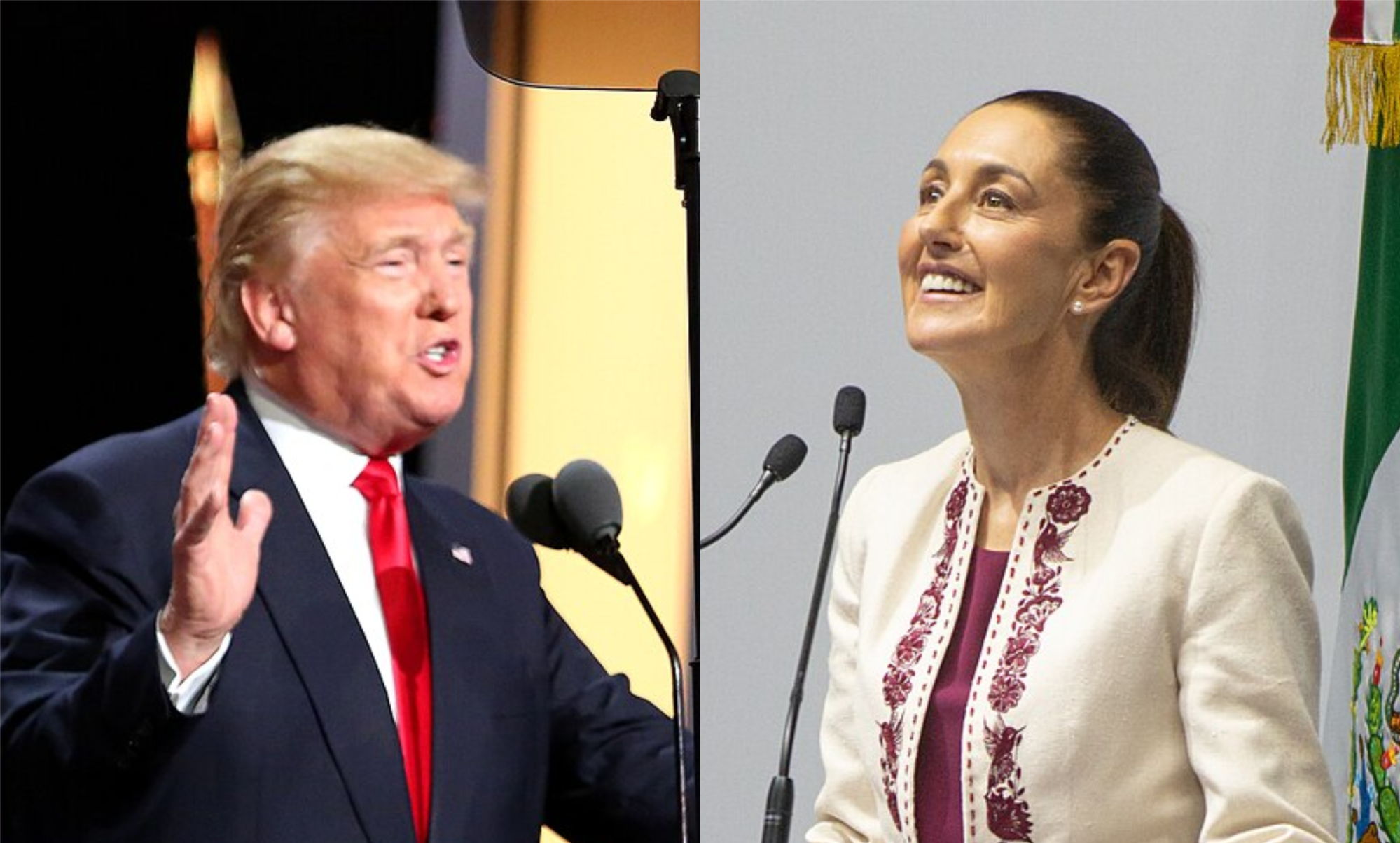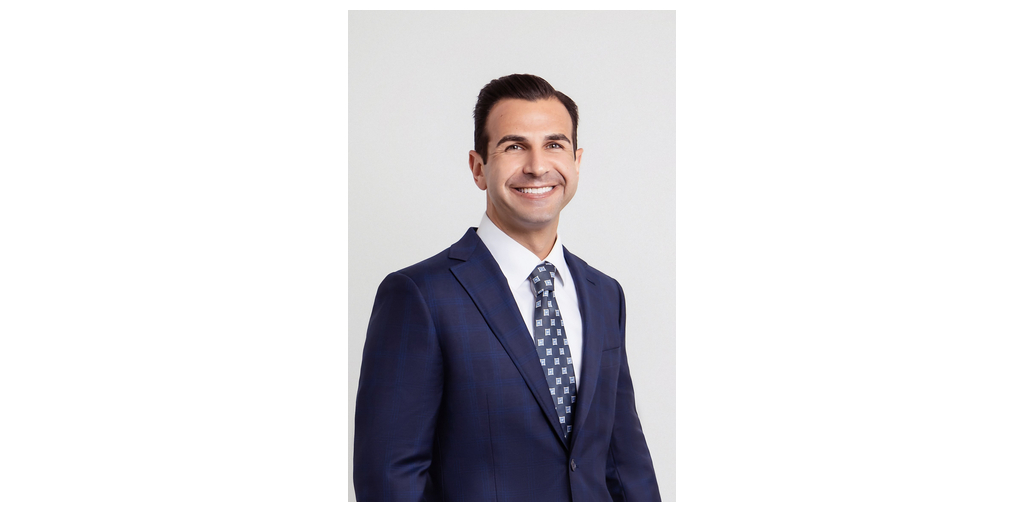Elon Musk, Monetary Policy, and ‘Trumpism’: The Shadows That Raise Doubts About the New Trump Administration
| For Amaya Uriarte | 0 Comentarios

As Donald Trump’s inauguration as U.S. president approaches, tensions are rising, fueled by both his actions and the broader uncertainties surrounding his administration. Since December 16, 2024, the S&P 500 has lost more than 3% as of January 2, 2025, while Tesla’s stock has dropped 18% after surging over 80% between the presidential election and December 16. Experts warn that Trump’s return to office will likely bring heightened market volatility.
In the days leading up to his swearing-in, Trump has already escalated tensions with threatening statements. “On Monday, following a media report, he vehemently denied any intention of softening his protectionist policies. Yesterday, he lashed out at Canada, Mexico, and Panama, threatening tariffs and even suggesting these countries should be part of the U.S. He also proposed renaming the Gulf of Mexico as the Gulf of America. As during his first term, we must again brace for potentially destabilizing comments,” said Sebastian Paris Horvitz, Director of Analysis at LBP AM, the majority shareholder of LFDE.
Rising Concerns and Market Volatility
Experts agree that Trump’s rhetoric and policies will inject volatility into markets. According to Portocolom, uncertainties about the new administration’s impact raise questions in areas like climate regulation and social cohesion. “During his previous term, significant rollbacks were observed in climate regulations, such as the withdrawal from the Paris Agreement, and a decline in social cohesion due to polarizing policies. These precedents spark concern about the potential influence in these areas again,” they noted.
Gilles Möec, Chief Economist at AXA IM, warned that markets should prepare for significant fiscal volatility in 2025, characterized by political wrangling and limited clarity. Möec highlighted that the “transformation rate” of Trump’s campaign promises into actual legislation is crucial for global macroeconomic and financial prospects in 2025.
“There is a strong belief among investors that the new U.S. administration will follow an ‘error correction’ approach with the market as the ‘judge.’ If U.S. equity markets react negatively to the implementation of some of Trump’s more business-adverse ideas, such as mass deportations or crippling tariffs, it’s likely policies would be recalibrated. This aligns with a low ‘transformation rate,’” Möec explained.
Monetary Policy
Alexis Bienvenu, fund manager at La Financière de l’Echiquier (LFDE), highlighted mistrust toward Trump’s administration, citing concerns over Elon Musk’s controversial inclusion and a less accommodative monetary policy.
According to Bienvenu, the disenchantment stems not only from Trump’s economic policies but also from the Federal Reserve’s less expansive stance. “The Fed cut its benchmark rate by 25 basis points at its December 18 meeting but accompanied this move with a cautious message regarding further cuts, now projecting only two more by the end of 2025. Far from suggesting a swift normalization toward its long-term target, the Fed sees the rate at about 3.9% by late 2025, partly due to higher inflation forecasts compared to the September meeting. The market’s reaction could only be negative,” he explained.
Bienvenu questioned why inflation projections were revised upward when recent data does not indicate a particularly damaging inflationary outlook for 2025. Contributing factors, such as moderation in housing prices, easing in the labor market, and stable oil prices, should help contain inflation. He speculated that these revisions might partly reflect expectations around Trump’s future economic policies.
Challenges Within Trumpism
Eoin Walsh, portfolio management partner at TwentyFour AM (Vontobel boutique), noted the difficulty of distinguishing rhetoric from policy in Trump’s administration but warned of significant potential impacts from proposed measures like tax cuts, immigration restrictions, deregulation, and tariffs.
Walsh believes that as Trump’s policies become clearer and new data on inflation and unemployment emerges, markets will begin pricing terminal base rates for this cycle. “We expect this will help normalize the curve and push 10-year Treasury yields back above base rates. Ultimately, while we don’t anticipate a sustained Treasury rally in 2025, we foresee more volatility, with yields likely ranging from lows below 4% to highs near 5%,” he concluded.
Deep Divisions
Bienvenu also pointed to internal divisions within Trump’s camp as a source of market concern. “The first episode of this tension occurred on December 19 when the Republican-majority House rejected a Trump budget proposal directly influenced by Musk. This nearly caused a federal government shutdown. While a modified version was passed at the last minute, significant concessions on Musk-inspired elements left the divide within the party unresolved,” he explained.
The clash resurfaced around immigration policies, with some Trump allies pushing to ban H-1B visas, prompting Musk to vow to protect them, citing their importance to innovation. Meanwhile, Steve Bannon, a staunch Trump ally recently released from prison, lashed out at Musk, suggesting he “sit at the back of the class until he understands Trumpism.”
“These divisions could persist as Trump balances the interests of Silicon Valley billionaires with Midwestern rednecks. Crucial measures like budget votes could face stalemates, which the market will undoubtedly punish,” Bienvenu added, warning of further legislative battles aboard the “Tesla of Trumpism.”










